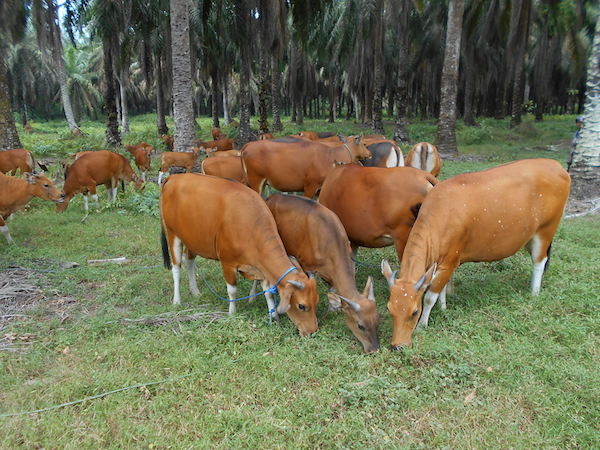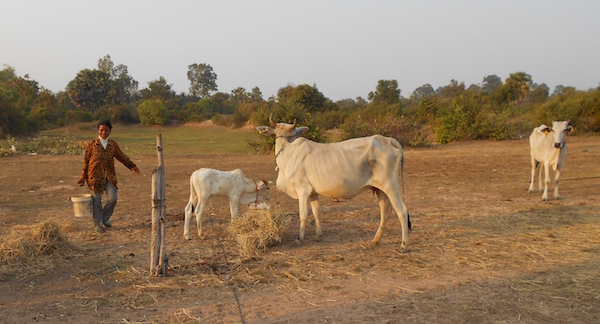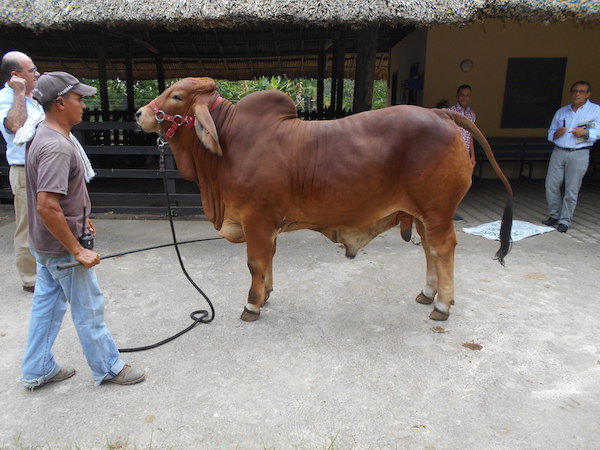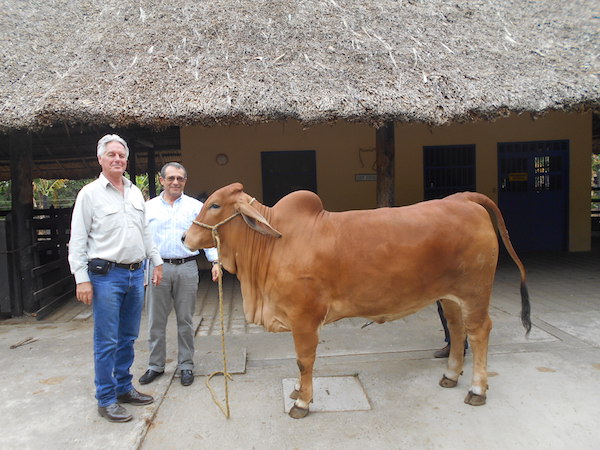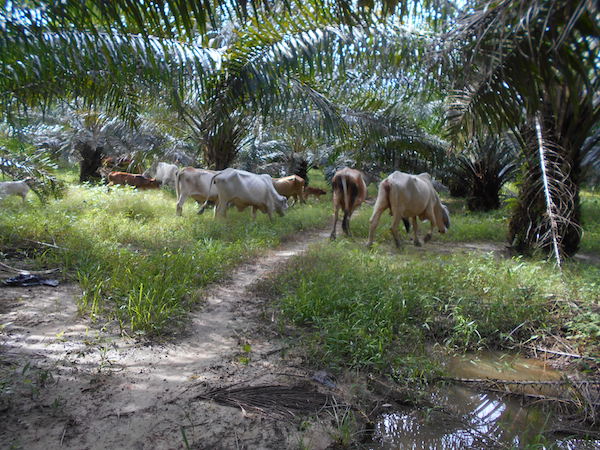Breeders will be the new Black
Host: Dr. Ross Ainsworth
Every cattle producer in Australia is no doubt delighted with the sudden rise in prices that began in mid 2014 then really took off through 2015 culminating in $3.90/kg live being paid for feeders in Darwin during the 15/16 wet season.
I started predicting $3/kg live for feeders back in about 2012/13 when, through my travels around Asia, I became aware of the massive collapse of the Asian cattle herd. This was caused by China suddenly transforming from an exporter to an importer and eating almost all its neighbour’s cattle. At the same time the US breeder herd was in free fall from about 2009 until it rained and finally broke their drought in mid-2014.
So in 2012/13, I thought $3 for Indonesian feeders was quite likely and made my views known initially to a small group of friends within the industry. They politely told me that I should stop smoking those funny cigarettes.
Then the eastern states drought commenced in 2012/13 so producers in the very large affected areas were forced to send a massive number of breeders to slaughter. After a second year of drought and the continued slaughter of huge numbers of breeders in Eastern Australia, the price of cattle in Australia remained strong. This is the reverse of what normally happens during a drought when excess numbers of distressed sales leads to sharply lower prices. Why? Because the rest of the world was also short of beef, especially the US (see graph below) due to their own drought so their demand for cow beef simply got stronger and stronger as their own herd and its production volumes became smaller and smaller.
So when the 2014/15 wet season failed for large areas of Queensland once again, I confidently predicted (in March 2015) that feeder steers in Darwin would hit $4/kg live weight within the next 12 months. I made this statement at a cattlemen’s function and while I am sure the majority hoped I was right, most of them really thought I was smoking those same funny cigarettes. BUT, only nine months later, exporters in Darwin paid $3.90 for feeder steers for Indonesia so I reckon that is close enough.
 The EYCI is one of the best guides to the historical cattle price movements.
The EYCI is one of the best guides to the historical cattle price movements.

BUT, it still hasn’t rained in very large areas of Queensland and when it does producers are in for another very pleasant experience which is the long awaited recovery of breeder prices. In simple terms, when the national herd is at or near it’s commercially sustainable peak as it has been for decades, breeders are in surplus and the best prices are for the most efficient slaughter cattle i.e. steers. When Australia finally gets a decent season in all areas, herd rebuilding will commence and a large proportion of heifers and almost all fit breeding cows will be withdrawn from the feeder and slaughter markets and returned to the breeding herd. This will result in another shock to the national cattle supply with another inevitable spike in prices.
It is my opinion that when the widespread, drought-breaking rain does finally come, the tables will turn once again to provide the highest prices for breeders and a lesser price for feeders and fat cattle. My prediction is that good quality young breeding age females will be worth in the order of $5/kg once Australia gets a good season across the entire country. And this could be as early as the 2016/17 wet as El Nino has now officially left the building. Spaying is about to become a historical curiosity.
With dramatically less feeder heifers on the market the feeder steer prices will get another nice surge too. You ain’t seen nothing yet!
Merry Christmas.
Ross Ainsworth
June 2016
www.seabeefreport.com
